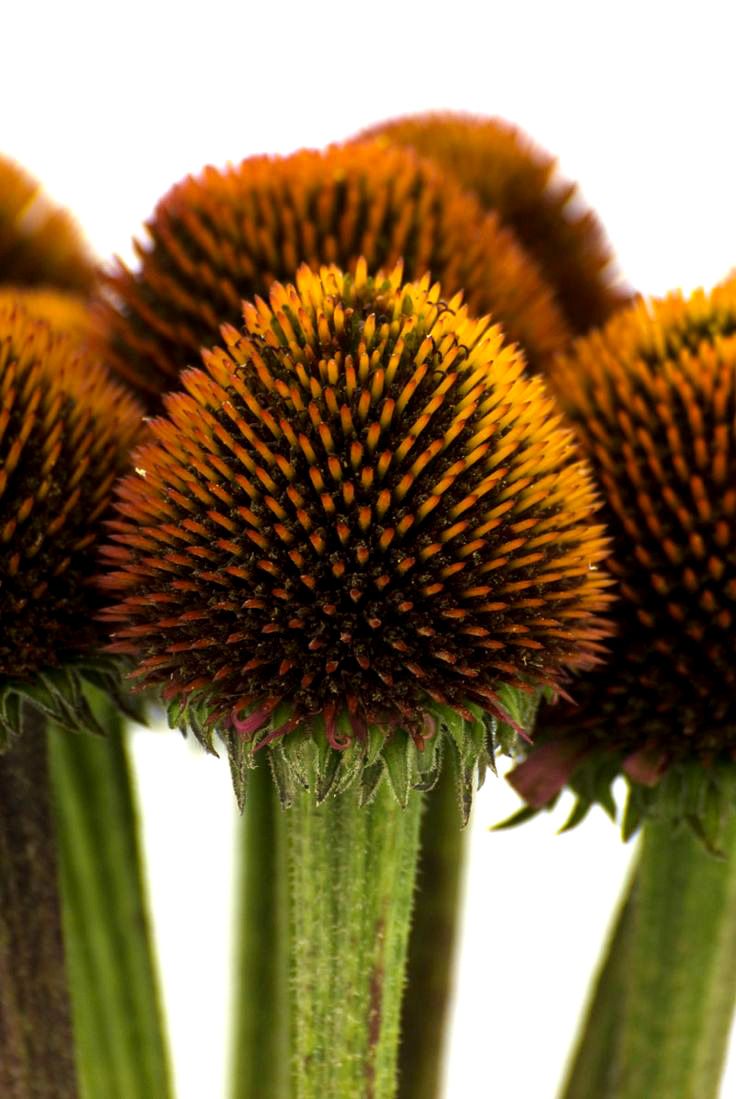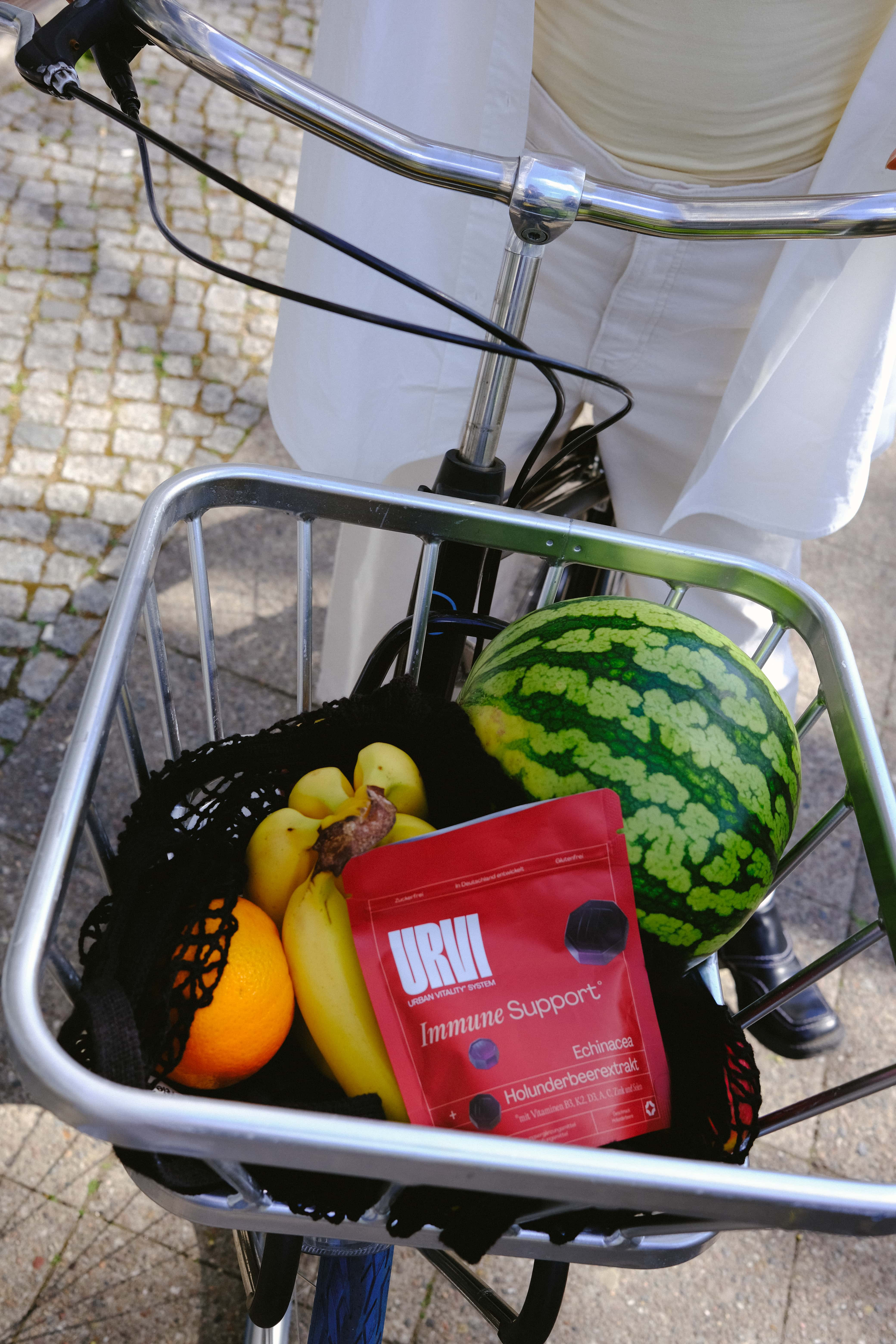Sources

Autumn Reset: Immune Prep for Cold Months
5 measures + 5 ingredients with scientific evidence
The 5 most important measures for a strong immune system
1. Exercise – The moderate immune booster

2. Cold exposure – promising, but with realistic expectations
3. Sleep – The most powerful natural immunotherapy

4. Hydration & Humidity – Mucous membrane protection from inside and out
5. Stress management – getting cortisol under control

Title
The 5 ingredients with the strongest scientific evidence
1. Vitamin C – Shortens duration, but does not prevent infections
2. Vitamin D – the immune system modulator

3. Zinc – Shortens the duration of colds when taken early
4. Echinacea – plant extract that reduces the risk factor

5. Elderberry – Promising antiviral plant power

The interaction: measures + ingredients
Title
Common Immune Prep Mistakes (and How to Avoid Them)
Mistake 1: Wanting to change everything at once
Mistake 2: Supplements as a substitute for good habits
Mistake 3: Impatience and unrealistic expectations
Mistake 4: Either-or thinking
Mistake 5: Ignoring individual factors
Title
Your 4-week implementation plan
Week 1: Foundation – Sleep and Hydration
Week 2: Movement – Integrating Movement
Week 3: Cold & Stress – Hardening and Relaxation
Week 4: Integration & Supplementation
The most important thing at the end:
You have more control than you think
